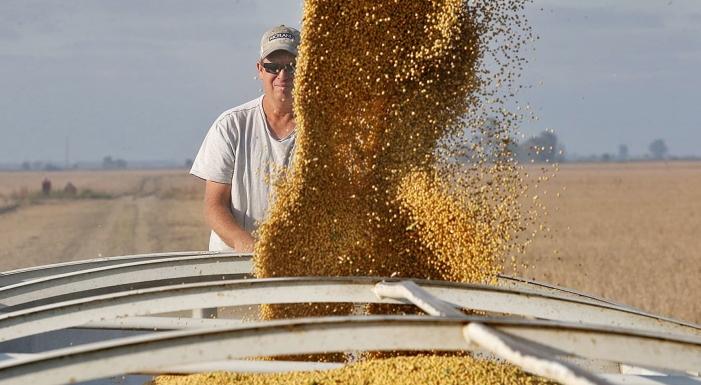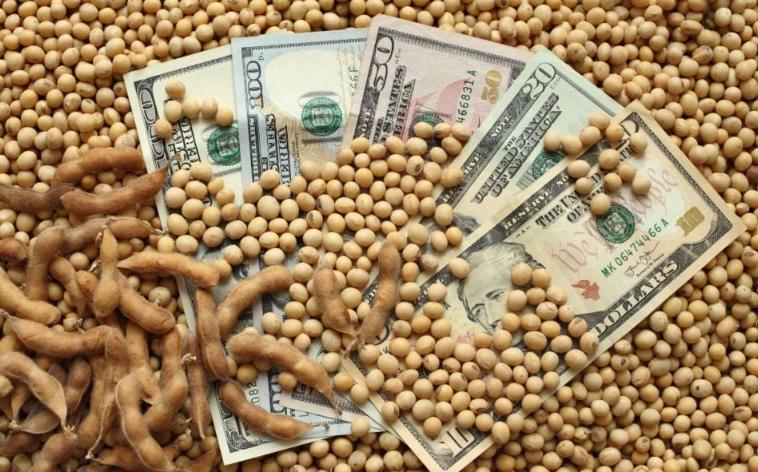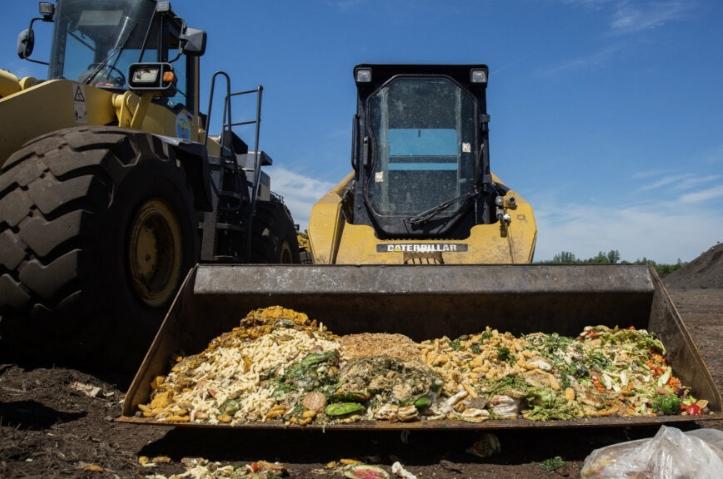Soybeans weren’t always viewed as a staple of American agriculture. Yet, by 2022, they were driving a whopping $124 billion into the U.S. economy, as revealed by the National Oilseed Processors Association and the United Soybean Board.
Himanshu Gupta, CEO of ClimateAI, attested to this growth, saying:
“Soybeans’ contribution to the U.S. economy is only increasing day by day.”
Celebrated for their adaptability, they’ve found their way into global food, fuel, and animal feed. Arlan Suderman from StoneX remarked:
“Soybeans are kind of that wonder crop that has amazing capabilities.”
Reflecting on the past, Suderman recalls:
“I’m old enough to remember when soybeans were an alternative crop that a few people were playing with back in the 1960s.”
It wasn’t long before the U.S. farmers unlocked their real value for various uses, which dramatically boosted yields. Meagan Kaiser from the United Soybean Board illustrates this growth:
“The average soybean production in our county 40 years ago, in 1980, was 31 bushels. Today, that same acre produces 51 bushels on average. Most of the time it’s much higher than that.”
Dominance, Decline, and China’s Role

While the U.S. was basking in its soybean success, the early 2000s brought in around $9 billion from all oilseed crop exports. This figure escalated to a staggering $26.4 billion from soybean exports by 2021, as reported by the U.S. Department of Agriculture. However, this rise wasn’t without its pitfalls. The U.S. began to falter, mainly due to its over-reliance on one colossal buyer: China. Accounting for about 60% of the world’s soybean trade, half of U.S. soybean exports were directed towards China.
Yet, the trade waters became turbulent in 2018 when the U.S. and China got embroiled in a tariff war, with soybeans right at the heart of it. This discord led China to pivot towards Brazil for its soybean needs. Joe Janzen from the University of Illinois points out the shift:
“Over 30 or 40 years, [Brazil] dramatically increased soybean acreage and production. Brazil is a relatively low-cost place to produce corn and soybeans. The export market is very competitive and we need to be cost competitive with Brazil and Argentina if we want to capture market share.”
Innovative Future for American Soybeans
This intense global competition encouraged the U.S. to look into alternative avenues for soybeans. Biofuels, renewable diesel, and bioplastics are now on the table. Looking to the future with optimism, Kaiser believes:
“In the next 10 years, we’re going to have a whole new generation of farmers … and they’re going to solve [problems] in a more efficient way. Ways that I probably can’t even imagine.”



